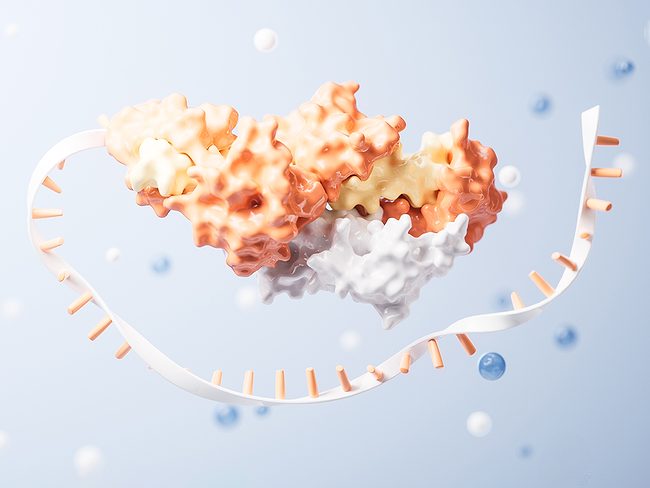
Endocrine/metabolic
Endocrine/metabolic
Bio-path to develop BP-1001-A to treat obesity in type 2 diabetes patients
Read MoreEndocrine/metabolic
Alltrna’s engineered tRNA restores protein production in MMA and PKU models
Read MoreEndocrine/metabolic
Discovery of FBPase inhibitor with improved activity and good druggability
Read MoreEndocrine/metabolic




